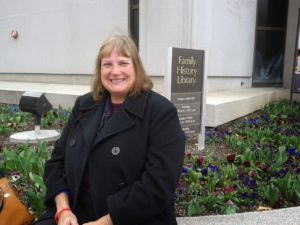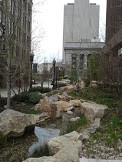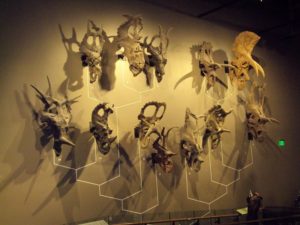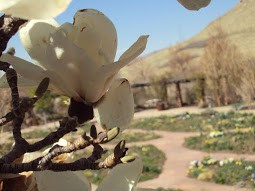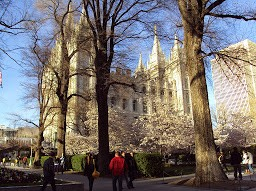
I’m not sure what it is about holidays – maybe it’s the food, knowing time away from work is coming or the spirit of the season but I’ve learned that when I have a needed record to obtain those are the best times for me to secure it.
The good news is there are holidays all year long and you can use that to your advantage! Here’s what has happened to me and maybe this “Month of the Year Research Calendar” will work for you, too:
January – Last year I was writing a Kinship Determination Paper for by Board for Certification of Genealogists portfolio on the Harbaugh family and I needed clarification about their religious beliefs. Most of the first generation was buried in a Lutheran Cemetery in Indiana but the second generation was buried in a Brethren Cemetery. I was trying to understand when the change occurred so I called several churches in the area during the Christmas season seeking parishioner records from the 1880’s. The timing was wrong – churches are extremely busy then. I followed up via email in January and reminded them of the prior phone call, mentioned I hoped they had an enjoyable Christmas and before they got busy with Lent, would love them to check their parish records for me. It worked! By Valentine’s Day I had pictures of relatives I had never seen, a copy of the parish record book, an understanding of why the family went to a different denomination (it was across the street from where they lived) and a diary on DVD in which a parishioner had recorded daily life in the area that just happened to record ALL of the births and deaths of the family I was searching. January is for me, the best time to obtain church records!
February through Easter and October through December- This might not work for those somewhere other than Florida but I find those months the best time to meet folks from New England, Mid Atlantic and the Midwest as they are temporary residents here and frequently attend local workshops. So, if you’re residing in those locals then do this on the months I haven’t recorded! I pick their brains on resources from their home area, get leads on people back home they know who might help with my research and sometimes, meet a cousin. I’ve blogged previously about a serendipitous meeting I had in October 2016 (Less Than 6 Degrees of Separation and December 2015 A Transcription Treat).
March – April and November – I don’t know why these seem to be less busy times at archives but I’ve always found that the staff was readily available to help and the sites sparse with visitors. I’m talking about the Family History Library in Salt Lake and the New England Historic and Genealogical Society in Boston. I guess most researchers are either on spring break in a warmer climate or too busy getting ready for Thanksgiving during these times leaving the facility vacant. I’ve also had quick responses from state libraries via email during these months.
May – September – Need a tombstone photo? This is the best time to get one! Why? Simply because people visit cemeteries most between Memorial Day (duh!) and Labor Day. Put a request for a photo on Find-A-Grave a week prior to Memorial Day has almost always gotten me the photo I need. Think about it, who in their right mind would go out in a blizzard to take a cemetery photo? Well, yes, I would and have but that was because I was visiting the area and wouldn’t have gotten another chance to find what I needed. If I lived in the area, I would wait til the snow melted.
Thanksgiving – December – I was pining for the marriage record for one of my 3rd great grandparents. It’s not online and I needed to verify the date I found in family records as some of those were slightly off. I had called the small town in Ohio Clerk’s Office in August and was told to follow up with an email. I gave the couple’s names, dates of birth and what I thought was the marriage date. Two weeks went by and I didn’t hear anything so I emailed again. I got a response that the clerical workers were too busy. Waited another two weeks and emailed once more. Got the response that they were still busy and wouldn’t have time to look it up. Emailed the office manager and got no response. I left the email as open in my email account as a reminder I needed to pursue it. Well, on the Monday before Christmas I sent the following: Dear (clerk’s name), I’ve been a good genealogist this year and I’m hoping that you can assist Santa in bringing me the marriage record for my great grandparents – Emma Kuhn and Francis “Frank” Landfair. It’s all I want for Christmas! Wishing you a joyous season, Lori” I got it the next day. The response also explained why it’s never been scanned and online – evidently the book is in poor condition and won’t photograph well. I’ve also used a similar tactic the day before Thanksgiving. I called a cemetery for records and the office worker finally agreed to fax them to me because I told her I was having family over the following day and we just had to know who was buried in which plots. This cemetery is located in a not so nice area so I never could get anyone to take a photo and the clerk had previously refused to release the info due to privacy previously. (BTW-the dead don’t have privacy rights but she was insistent the cemetery rules prohibited her from releasing the plot information).
Hope this helps your hunting as you plan your research for the year!



